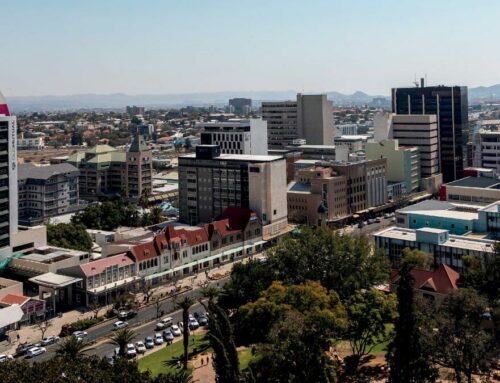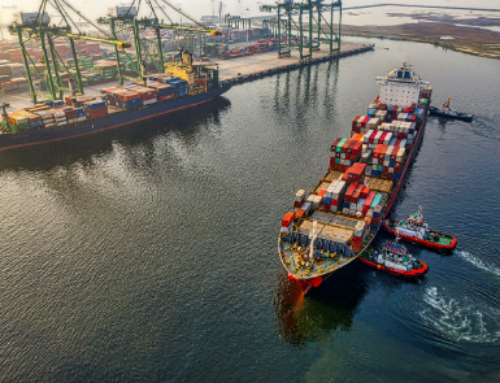“Investing in scary times” was the theme of the event held by Eos Capital, a private equity manager, in Windhoek on Tuesday. Speaking at the event was the CEO of SAVCA, Tanya van Lill, with the key message that pension funds in Namibia can find attractive and safe returns during these times by investing in private equity and infrastructure funds while also helping to stimulate the economy.
Pension fund assets as a percentage of GDP in Namibia is well above the global average, with pension fund assets close to 90% of annual GDP at N$290billion. This is more than double the assets held in the banking sector, estimated at about N$120billion. Pension funds thus an opportunity to make a real difference in the economy through what they choose to invest in. If they invest even half of their N$290 billion within Namibia, in activities that stimulate the economy, it could assist in pulling Namibia out of its recession.
This is presumably the thinking around the new Pension Fund regulations which require pension funds to bring 45% of their assets back into the country by April 2019. However, pension funds are now faced with the challenge of investing 45% of their assets in Namibia where there are limited options to choose from. Many are already over-exposed to government bonds and there are only a handful of Namibia- only listed stocks on the NSX. Thus, pension funds are bringing money back and placing it in banks and money market. This does not provide the most attractive returns for funds and does not provide the benefit for the economy that was intended.
One option for pension funds would be to invest in unlisted infrastructure funds. According to van Lill, these funds provide attractive returns over a long-term, typically around 15 years, mostly in the form of inflation-linked income as well as some capital gain over the long term. Infrastructure assets provide returns of about 15% per annum, with these returns decreasing or increasing depending on the inflation rate. Cashflows are predictable and relatively low risk, thus providing a good match for pension payouts. Eos Capital is currently fundraising for its infrastructure fund, IDICON (Infrastructure Development and Investment Company of Namibia), which was introduced at the event.
The other advantage of investing in an infrastructure fund is that pension funds can contribute to the growth of the Namibian economy with their investment. It has been shown that infrastructure investment has a multiplier effect on the economy, with the World Bank estimating that every 10 percent increase in infrastructure provision increases GDP by approximately 1 percent in the long term. Infrastructure such as hospitals and schools provide additional social benefits for citizens and pensioners alike, who have better access to healthcare and schooling for their children.
The current barrier for pension funds to invest in the new infrastructure fund is the limit that the Pension Fund regulations has placed on their investment into unlisted investments – a maximum of 3.5% of total assets. Many funds are already close to this allocation given their initial investment in unlisted assets when the regulation came into play. It is clear that for the full benefits of the localization of pension fund money to be felt, this limit needs to be increased so that funds have flexibility to invest in funds that can have a direct benefit in the economy – rather than keeping their money in banks. In South Africa and other neighbouring countries the limit is 10% of assets, allowing pension funds flexibility to invest both into private equity, which stimulates the private sector, and infrastructure funds, which stimulate the economy and provide social benefits.







